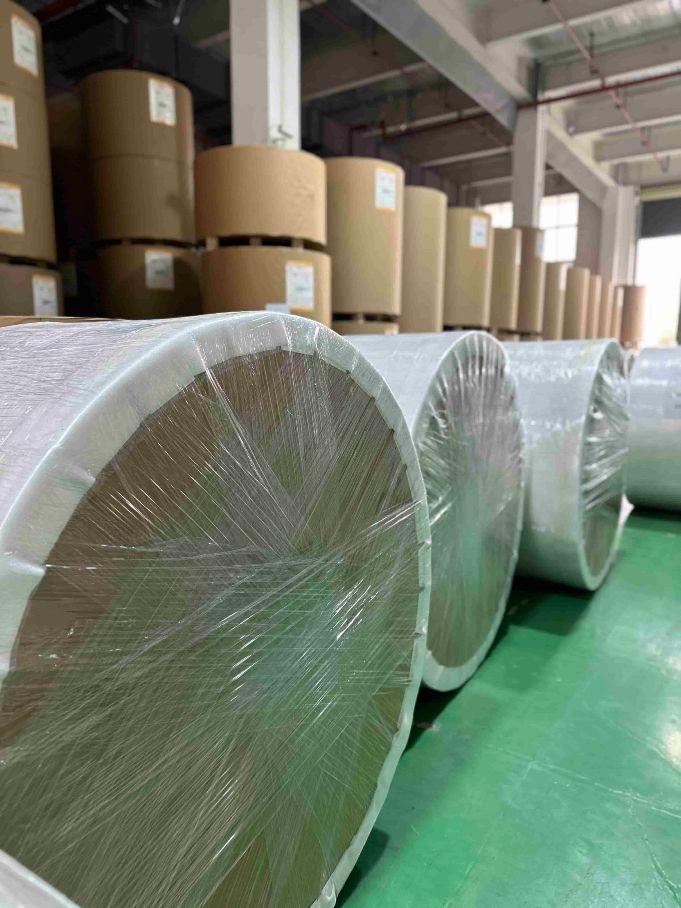
Greaseproof Paper, also known as Greaseproof Paper, is a special paper commonly used in Food Packaging and baking. Its characteristic is that it can effectively resist grease penetration, ensuring that the appearance and texture of food will not be affected by grease. So how is this Greaseproof Paper made? Let's understand its production process and working principle together.
1. Selection of raw materials
The production of Greaseproof Paper begins with the selection of raw materials, mainly using wood pulp. Wood pulp usually comes from sustainable forest resources. Wood is treated by mechanical and chemical methods and broken down into fibers, laying the foundation for subsequent paper production.
2. Pulping process
After the initial treatment of wood pulp, it enters the pulping process. At this stage, the wood fibers will be further refined. The purpose of pulping is to crush the fibers and make them very small, which is a very important step. By processing the fibers more densely, paper with a tight structure and low porosity can be produced, which is also the basis of Greaseproof Paper's oil-proof function.
3. Papermaking and calendering treatment
After the pulping is completed, the pulp will be evenly spread in the paper net, dehydrated and formed into paper. At this point, the paper already has a certain thickness and strength. To make the paper more dense, the paper will go through a process called **supercalendering**. Supercalendering is to pass the paper through a high-pressure roller and repeatedly calender it to increase the surface smoothness and density of the paper. This treatment makes the fibers of the paper tightly bonded, preventing grease from penetrating the paper, thus having oil-proof properties.
4. Coating treatment (optional)
Although most Greaseproof Paper relies on physical structure to achieve oil-proof effect, some manufacturers will add additional coatings or additives to the paper to enhance its oil-proof properties. These coatings can further improve the paper's ability to block grease, especially in applications that require higher oil-proof standards, such as packaging of high-fat foods.
5. Drying and cutting
After calendering or coating, the paper will enter the drying process to ensure that the paper is completely dry and reaches the desired hardness. Finally, the paper is cut into the required size and shape and is ready to enter the market for sale.
6. Application areas
Greaseproof Paper is widely used in the food industry, especially in baking, fast food packaging, and other foods that require oil-proof packaging. Its environmentally friendly properties also make it increasingly popular, as it is usually biodegradable, making it a sustainable packaging option.
Conclusion
The greaseproof properties of Greaseproof Paper are mainly achieved through fine pulping and super calendering processes, which ensure that the fiber structure of the paper is tight and forms a natural greaseproof barrier. Through these manufacturing processes, Greaseproof Paper can effectively prevent grease penetration and keep food fresh and beautiful.